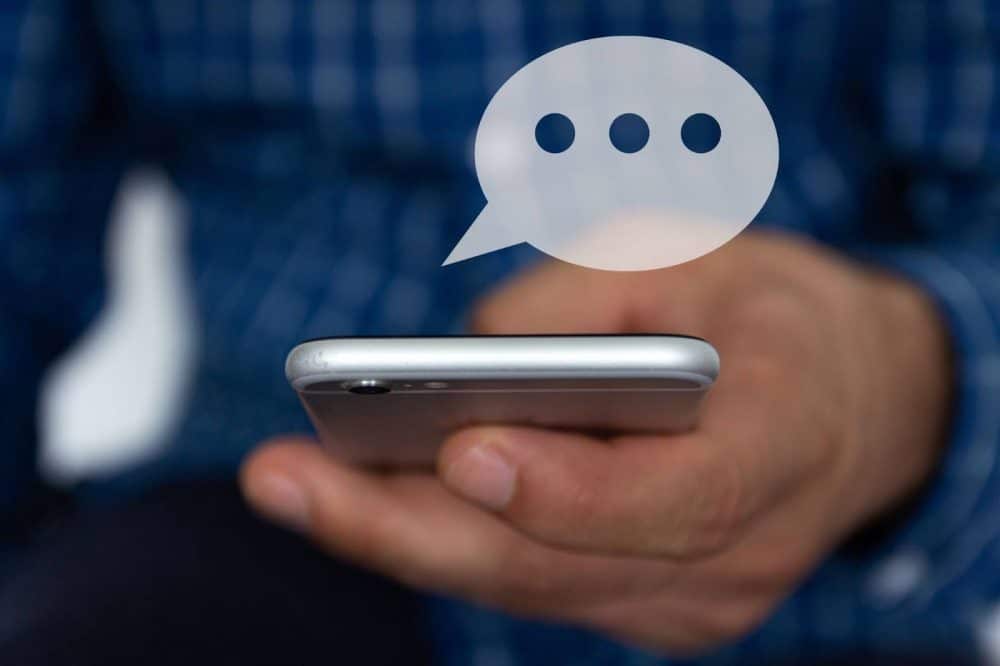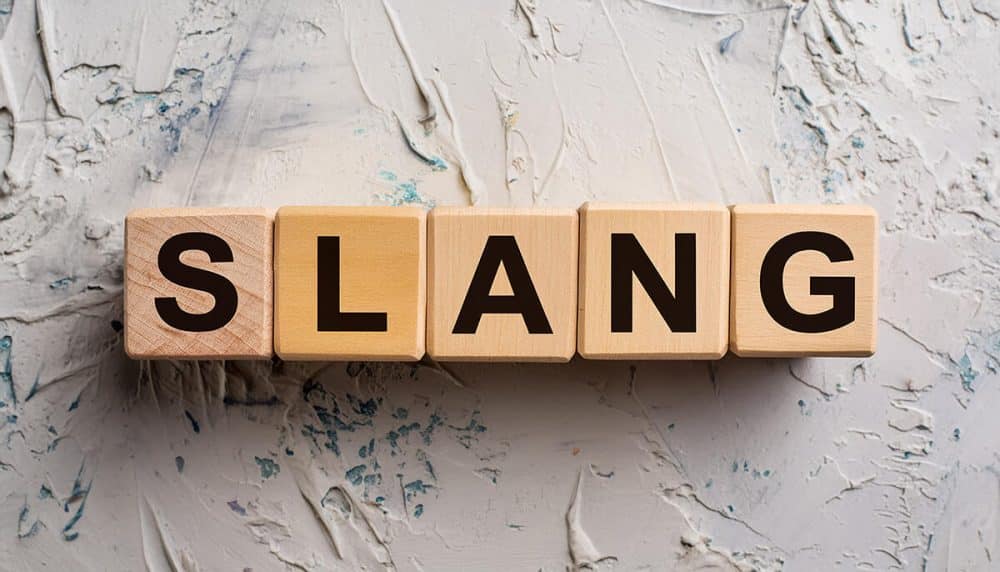In today’s fast-paced world, it is important to convey your message in as little time as possible. Instant messaging has evolved, and typing full sentences with proper grammar is no longer that common. Now, with the rise of texting and social media platforms, a whole new means of communication has emerged — text slang.
Texting abbreviations and slang words are not just about saving time, but they’ve become a way to express emotions without seeing each other. Let’s learn more about the most commonly used text slang words and abbreviations!

Key Points
- Text slang helps people communicate faster by shortening words and phrases, making messaging more concise.
- Initially popular among teenagers, texting abbreviations and slang have become more and more widely used, even by businesses.
- Using commonly understood texting abbreviations and slang words in marketing helps brands connect with customers on a more personal level.
- While incorporating such informal words and abbreviations in their messages, marketers should keep it professional and do it in moderation to avoid sounding ridiculous or even rude.
What Are Texting Abbreviations?
People use texting abbreviations, which are shortened versions of words or phrases, to save time and convey messages as quickly as possible. Another important reason for their rise in popularity was the limited character count in SMS.
Earlier, such text slang was used mostly by teenagers, with their parents often having a hard time deciphering their messages.
Nowadays, text slang and informal words are more and more often used by internet and phone users of any age and even businesses of every size, as they are helpful in building relationships with customers and engaging them in marketing campaigns.
Any contemporary marketer who wants to keep up with the fast-paced language of the future should be familiar with the text slang and use it properly while keeping the right texting etiquette and providing value.
Popular Texting Abbreviations
Here are some of the most popular texting abbreviations, along with their explanations and examples of use:

Popular Text Slang Words
Here’s a list of commonly used text slang words, together with their explanations and examples of how they are used in messages:

Best Practices for Sending Mass Messages with Text Slang
Understanding consumer behavior can be game-changing for an advertising campaign, so if you are a marketer, you should pay attention to what language your audience uses. If they are commonly incorporating texting abbreviations, you should also include them in your automated text messages to establish a closer relationship with them.
Here are some of the most recommended practices for doing so:
Stick With the Classics
Text slang can be personal, so you should use words and phrases that almost anyone is familiar with to avoid sounding ridiculous or incomprehensible. Stick with the classics like “BTW,” “slay,” or “BFF” so that your messages sound natural without the impression that you are trying too hard to sound cool.
Sound Professional
Even though you are trying to reduce the distance between you and your customers, you need to stay professional. Avoid using swear words and their abbreviations, as they may sound rude to certain recipients. It is best to play it safe and use family-friendly text slang.
Enrich Your Messages with Media
Text messages will be more eye-catching if they feature not only text but also some visual assets. Instead of sending a simple text message, you can go for an MMS and add an image or a GIF.
It can be something directly related to your offer or a funny meme that helps you build a positive image of your brand.
Don’t Overuse Texting Abbreviations
Using too many texting abbreviations can make your message look like it was written in code. The safest option is to use just one well-placed abbreviation per text message to make it sound natural and more professional.
Keep It Up to Date
Text slang is quickly evolving, and the expressions and abbreviations that were popular a few years ago may already sound outdated or even embarrassing. For this reason, before including text slang words and abbreviations in messages for your customers, make sure they are still commonly used.

The Final Note
Text slang has become an integral part of today’s communication, shaping the way we express ourselves in digital spaces. While its primary goal is to make communication faster and more efficient, it also reflects the constantly evolving nature of language, especially in informal and online settings.
While English text slang words and abbreviations are often used internationally, many are specific to a particular language. At Lighthouse Translations, we can help you communicate naturally with your audience, using text slang if necessary.
We offer business translation services that can help convey your marketing message to potential customers who speak a different language. We can also translate your website, including slang words and abbreviations, to make it internationally accessible. Call us at 1 (877)-261-2495 or send us a message!
FAQ
1. How does text slang impact formal communication?
While text slang is excellent for informal conversations, it may not be appropriate in formal communication. It’s important to think about the context before using slang, ensuring it suits the tone of the conversation.
2. How can I keep up with the latest text slang?
Text slang evolves quickly, influenced by trends on social media platforms like TikTok, X, and Instagram. Following these platforms, staying engaged in online conversations, and participating in pop culture will help you stay updated on the latest slang.
3. What’s the difference between texting abbreviations and slang words?
Abbreviations are shortened versions of words or phrases (e.g., LOL, BRB), while text slang words are informal words or expressions that develop within specific groups or cultures (e.g., lit, stan). Both serve the purpose of making communication faster and more casual.

